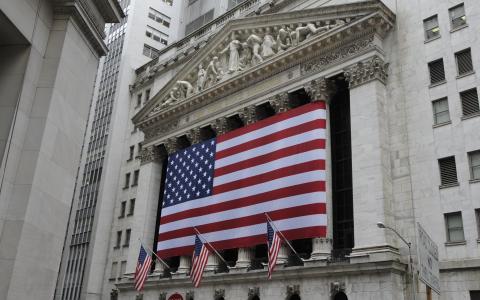
(Yahoo! Finance) - After a hotter-than-expected inflation reading on Wednesday, markets have quickly moved to price in a higher likelihood that the Federal Reserve will opt for a smaller, more conservative interest rate cut at its September meeting. A bigger reduction could send stocks reeling.
As of Wednesday, investors were placing the probability of the Fed lowering rates by 50 basis points at its meeting next week at just 13%, down from the 44% chance seen a week prior, per the CME FedWatch Tool.
Some strategists have said that a 25 basis point cut would be a more welcome sign from the Federal Reserve.
Yardeni Research chief markets strategist Eric Wallerstein reasoned the Fed likely wouldn't cut by more than 25 basis points "absent recessionary conditions or a financial crisis emerging."
"For everyone who's asking for a 50 basis point cut, I think they should really reconsider the amount of volatility that would cause in short-term funding markets," Wallerstein told Yahoo Finance. "It's just not something the Fed wants to risk."
To Wallerstein's point, while the most recent jobs report showed continued signs of slowing in the labor market, economists largely reasoned it didn't reveal the substantial cooling that many believed would be needed to prompt a deeper cut from the Fed. The risk is that significant deterioration in the job market indicates a recession.
Meanwhile, Wednesday's Consumer Price Index (CPI) report showed that on a "core" basis, which strips out the more volatile costs of food and gas, prices in August climbed 0.3% over the prior month, above Wall Street's expectations for a 0.2% increase.
"The unwelcome news on inflation will distract slightly from the Fed's renewed focus on the labor market and makes it more likely that officials stick with a more measured approach to easing, beginning with a 25 [basis point] cut next week," Oxford Economics deputy chief US economist Michael Pearce wrote in a note to clients on Wednesday.
Some on Wall Street have also pointed out that a 50 basis point interest rate cut could create a more ominous sign about the health of the US economy than the central bank would like to portray.
"A 50 basis point cut would reek of panic, and it's almost like we're totally behind the curve at this point," Jennifer Lee, BMO Capital Markets senior economist, told Yahoo Finance.
DataTrek co-founder Nicholas Colas analyzed each Federal Reserve rate-cutting cycle since 1990. Among the five cutting cycles over that time period, both times the Fed began its cycle with a 50 basis point cut (in 2001 and 2007), a recession soon followed.
"While the data here is sparse, there is something to be said for associating an initial cut of 25 basis points with a midcycle policy correction and 50 basis point as signaling the Fed is too far behind the curve to avoid a recession," Colas wrote in a note to clients on Wednesday morning. "Chair Powell and the rest of the FOMC certainly know this history. Their first cut will almost certainly be 25 basis points."
As of Wednesday morning, markets are expecting 100 basis points of cuts from the Federal Reserve this year. More clues on the Fed's thinking will come on Sept. 18 when the Federal Reserve releases its Summary of Economic Projections, including its "dot plot," which maps out policymakers' expectations for where interest rates could be headed in the future.
Wallerstein reasoned that if the total amount of Fed cuts this year falls short of the market's expectations, that isn't necessarily a bad thing for stocks.
"If those rate cuts get priced out because growth is stronger than expected and GDP comes in strong for the third quarter and the labor market indicators aren't too bad, and we keep seeing consumer spending [increasing], then stocks will have more room to run as earnings continue to grow," Wallerstein said.
By Josh Schafer - Reporter



